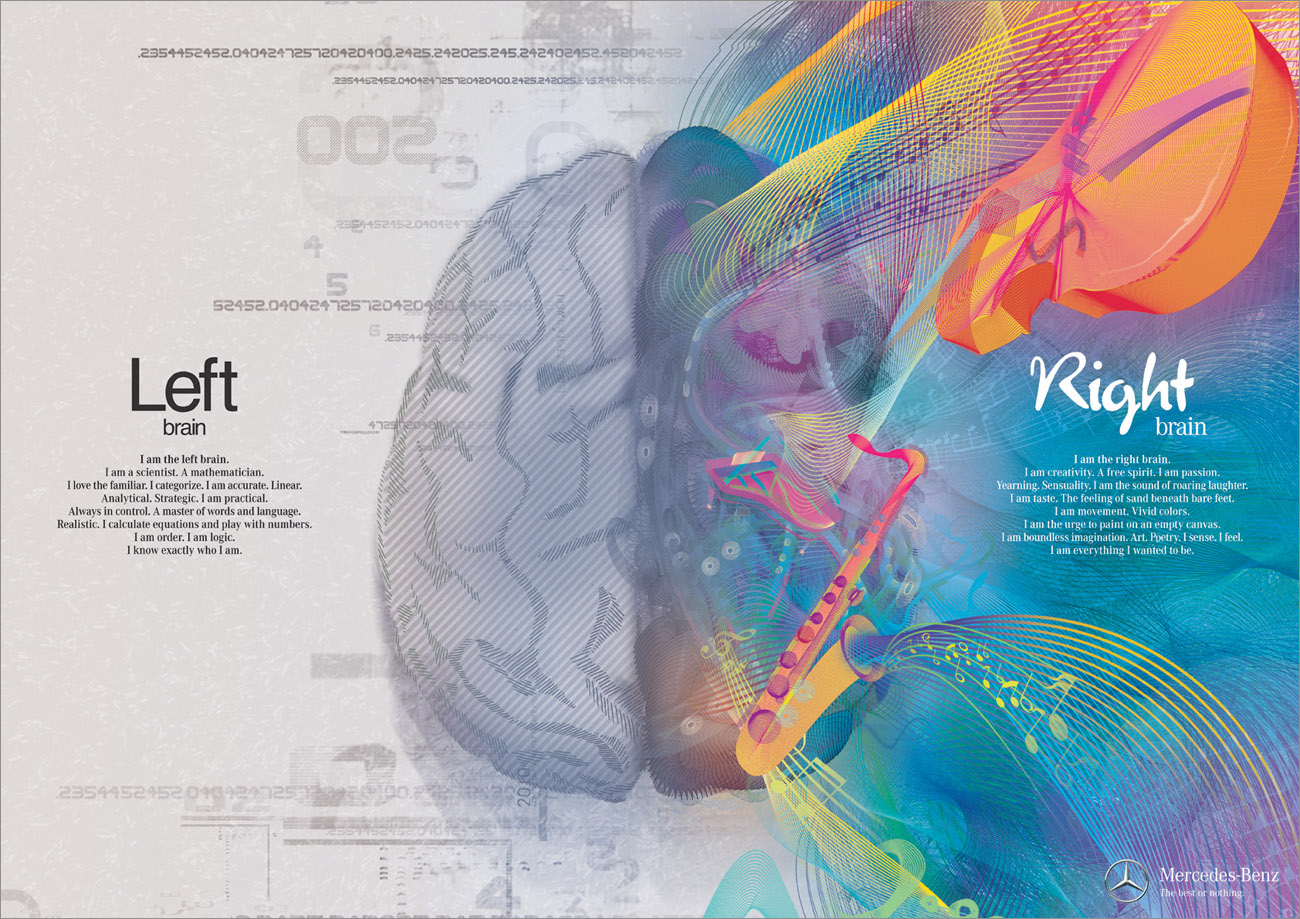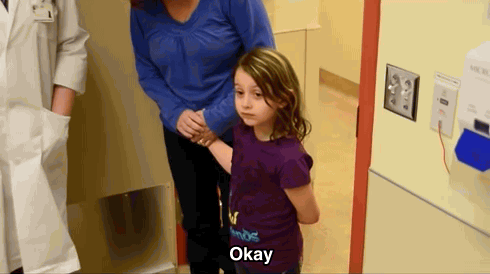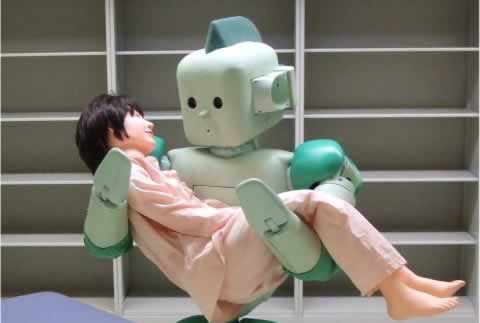First, I was able to appreciate the bright colors and the lighting of the photographs. The subjects themselves looked so odd to me, until I learned that these were art pieces done by artists who tried to combine the most bizarre and contrasting of things to create these strong juxtapositions in everyday life and in the space and context they had to work in. Symbolisms of crosses, nooses, devils and death even - all seemed very serious until I remember the connections to religion and war prevalent through history. Art in this medium can still reflect upon these past events in new ways that still stir emotions and hint at different perspectives of the past.
We can see very clearly the manipulations of space and how it was utilized to create "idiosyncratic sculptures, gardens, and buildings, the artists developed environmental sites organically without formal architectural or engineering plan" as described by the Fowler Museum Press Release. Hernandez captured the work of artists in his area who used space to their advantage to create these purposeful, yet unplanned art pieces. These pieces become part of an art environment that combined with artists' personal spaces, display their creativity in everyday life.
This exhibit definitely gave me a new perspective on how space can be used in art - beyond that of outer space and the Powers of 10 we learned in class. By introducing new things to a predetermined space or even working with the space itself, art can emerge in new ways that speak volumes of changing yet complete art works that differ each time you take a look at it due to differences in perceiving the space around them.
 |
| Selfie! |
Definitely would recommend! It'll cause you to truly reflect on what art means to you. Would highly suggest reading more about the works before going though - just so you don't get as confused as I did!







































